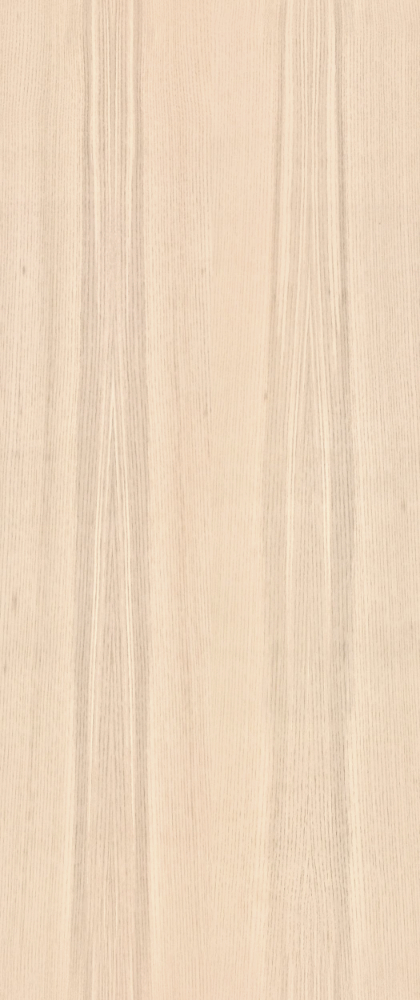Birch Veneer
Category
Wood
Download
Edit
A light tone, fine grain Birch veneer, suitable for furniture, panelling, cupboards, doors and flooring. This veneer is comprised of thin-sawn, cut or peeled strips from the origin tree’s trunk which, when layered together over a backing board such as particleboard or MDF, form highly unique patterns.
Traditionally, veneer was more expensive than standard sawn timber as it required a high level of skill to cut and layer fine strips of the timber. Modern manufacturing techniques are able to replicate these techniques and reproduce patterns quickly and economically. Due to the nature of the different cuts of timber, it was previously impossible to have the same pattern repeated on each sheet of veneer. With contemporary processes, the patterns can be replicated manually, or digitally scanned and etched into synthetic panels, allowing patterns to be repeated consistently across surfaces on veneer effect panels. The more effective modern production methods have significantly reduced the cost of veneer timber, although real-sawn timber veneers are still relatively expensive due to the time intensive nature of cutting and layering individual strips. This particular veneer texture has a warm, light, airy appearance and smooth, modern texture thanks to its light, reddish-cream colour with few impurities and a light grain.
Birch was a popular material for furniture in the 1960s and 70s, although laterally it has been used more in light structural elements from plywood to framing due to its robust nature. Birch veneer finishes are still utilised on cabinets, doors, furniture, storage cates, flooring, wall panelling, musical instruments, crockery, tools and utensils, although Birch’s strength makes it harder to work, requiring more skill and time to craft. A strong, stable, hard-wearing, durable timber, Birch is very aesthetically pleasing and is distinguishable from other species by its straight grain, smooth, fine texture and pale tone. Layers of veneer can also be composited and pressed together to form plywood, a commonly used structural panel material in the construction industry.
A seamless wood texture with a birch veneer surface. Seamless textures can be tiled repeatedly across a surface without visible seams making them useful for architectural drawings and 3D models. This image can be used as a SketchUp texture, Revit material or imported into Photoshop for use in 2D illustrations. A high resolution version of this texture is available, as well as CAD hatches and PBR maps with Architextures Pro.

